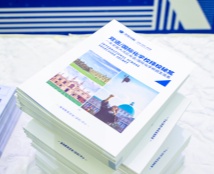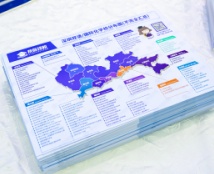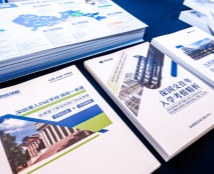深圳国际交流书院丨SCIE Art Field Trip

As a member of the Art Academy, I feel privileged to share my personal reflections on the three days we spent with the artist Gail Deayton. I would cover fewer details when introducing the experience and focus on my thoughts and feelings instead, which are much more worth sharing.
The school invited Miss Gail Deayton, a fine artist and sculptor, into our art studio. Together, we shared the first and third days learning and making sculptures, and we went to a foundry to actually see the casting process of bronze sculptures on the second day.
As a fan of graphics, I wasn’t exposed much to the field of sculptures and installations before then. The appearance of Miss Gail’s sculptural ideas struck mine, which, I would say, made a very big difference in me.
It all started that morning when Miss Gail arrived from Hong Kong and sent us to search for inspirations that we could work our sculptures on. When Miss Gail presented how she worked out her design of sculpture from her inspiration( which was a conch), the way she extracted the most interesting elements seemed so quick and simple that it made me wonder how I used to hover so long when planning my design.
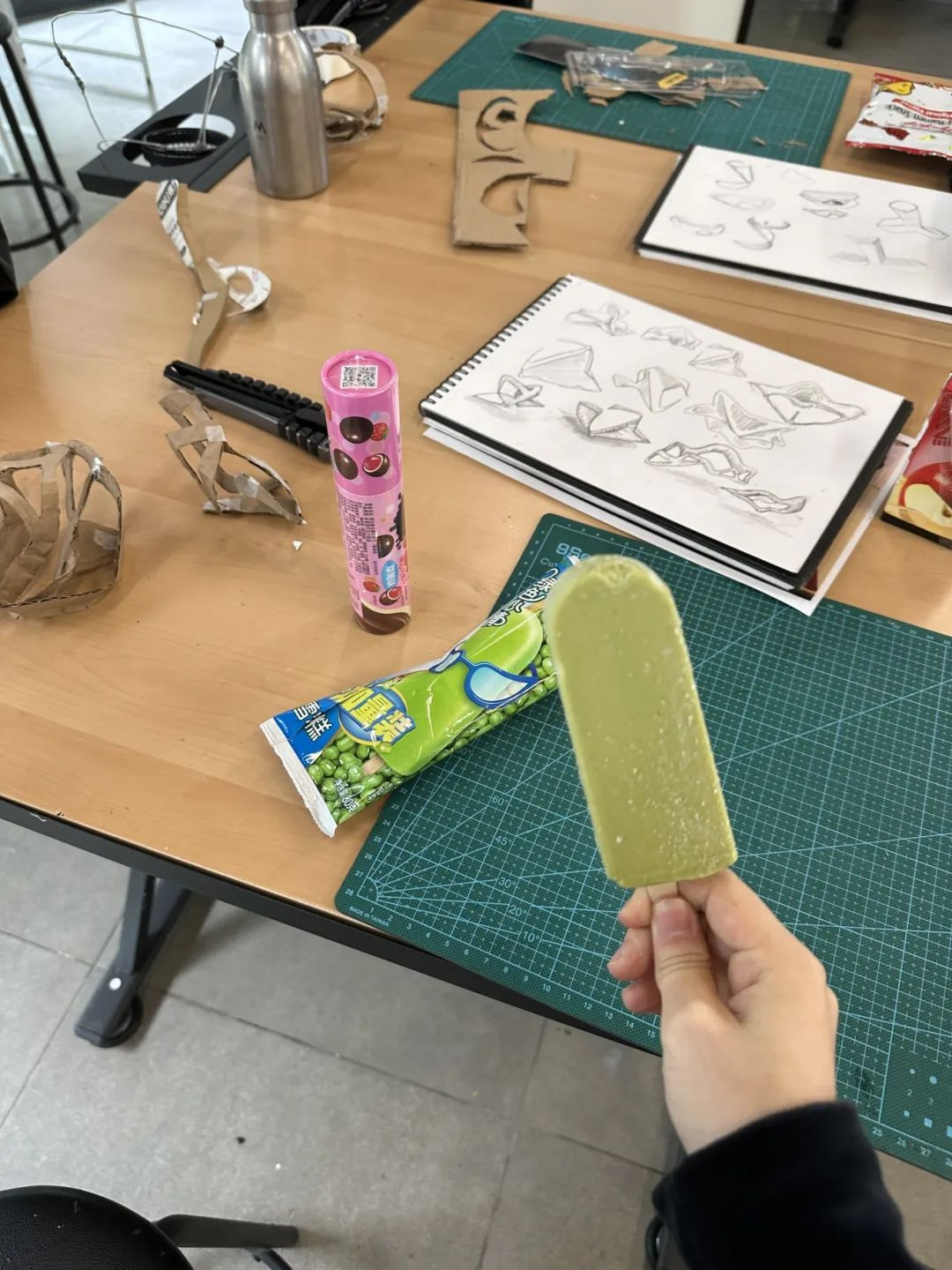
In a flow state, we each worked out our designs and were then offered cardboards, tape, and cutting tools to make the maquettes based on the designs. I strived to make the pieces of cardboard look exactly like what I had drawn on the sketchbook. I was driven by my concept of perfectionism, which is how I always deal with such steps.
However, it wouldn’t be that narrow-minded if Miss Gail didn’t show up. To recall, she picked up a butterfly-like piece that one of the students was working on. She asked the class whether we found the piece perfect. We answered positively before she turned the piece 90 degrees to one side, which is the angle that presented the width and was completely flat. We all agreed that it didn’t look particularly interesting from that angle, and the seminal moment came when Miss Gail broke the butterfly wing into two parts that were loosely connected by tapes, and then she folded one part outward.
I stood there astounded, partially surprised by how the delicate shape was broken, but more by how the model experienced the change from a fixed shape to an innovative and interesting form, as if it had obtained rebirth after escaping the cage of standardization and specificity. It had a strong impact on me that innovation and creativity are based on the destruction of existing products.
The plan for the second day’s field trip was to visit a foundry, which is 3 hours drive from the school. The day appeared to be fine and sunny when we woke up on the bus hours later, finding ourselves away from the crowded cities on a peaceful countryside road.
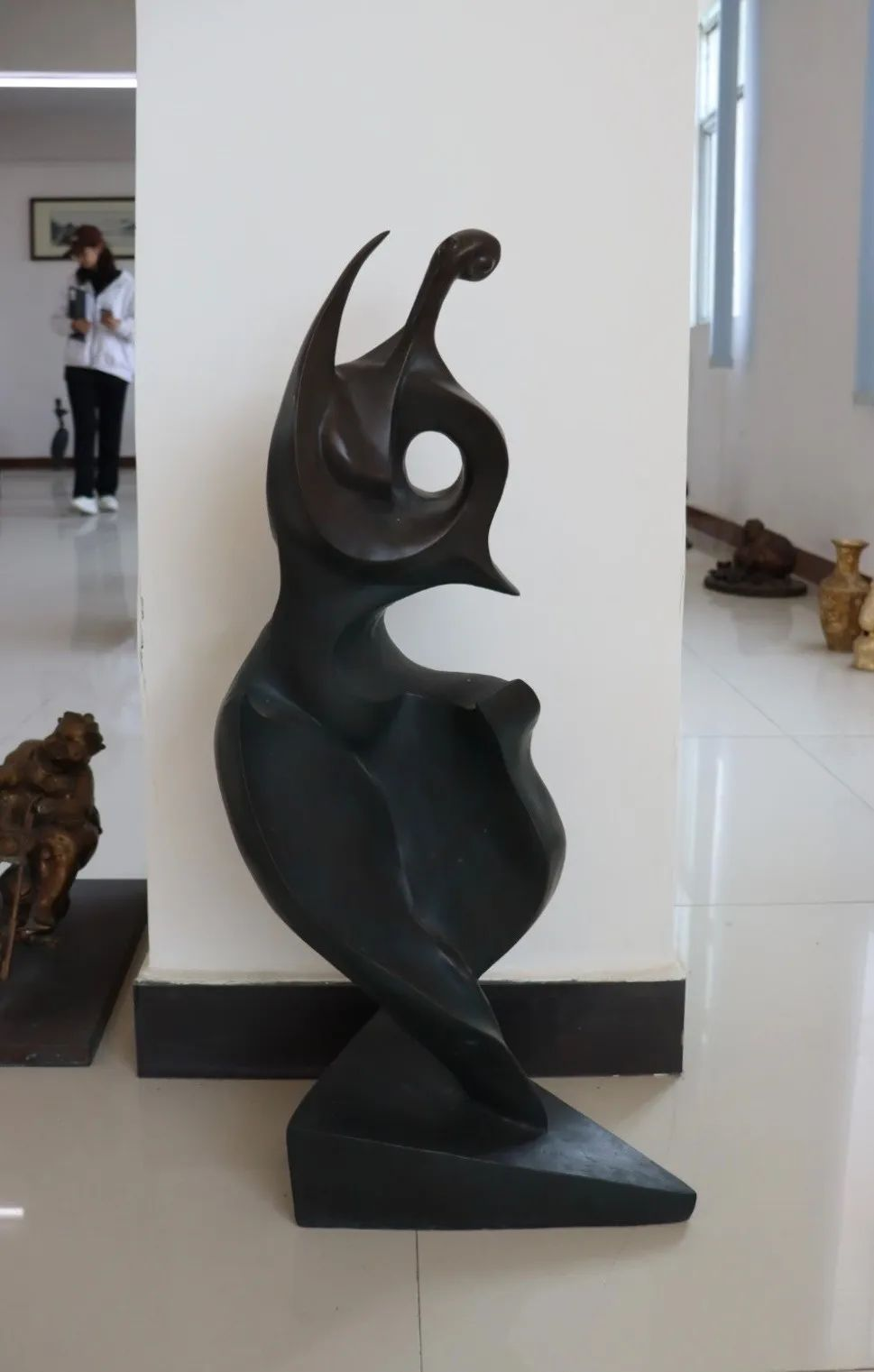
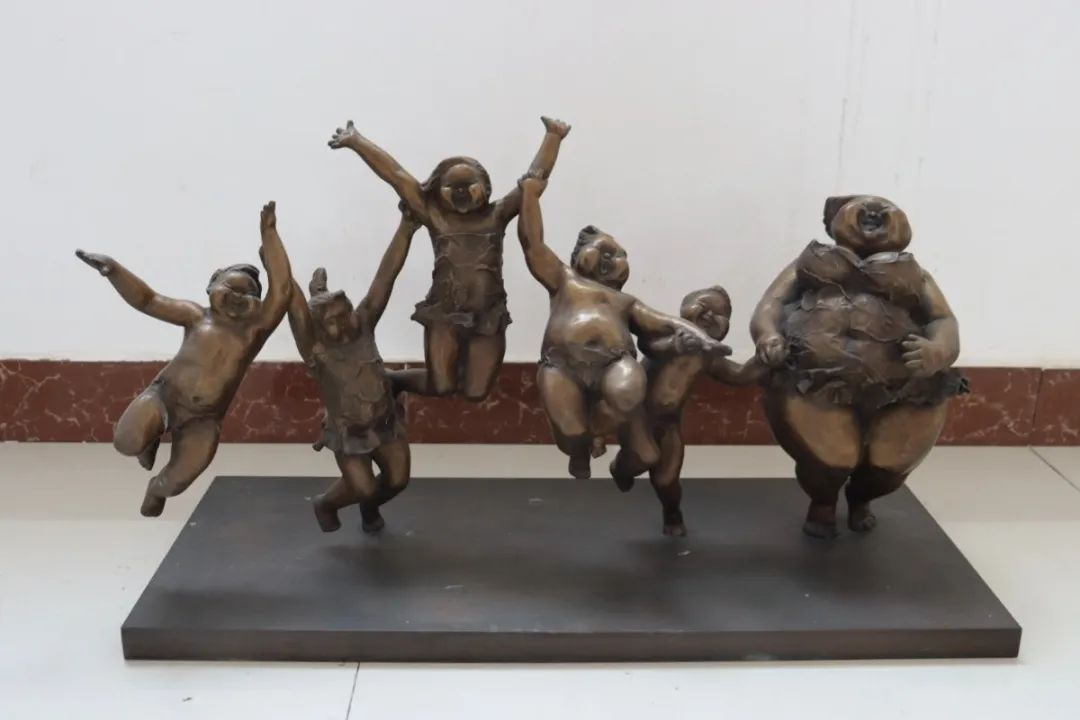
After our arrival, we went to see the exhibition of the sculptures. Bronze sculptures of all different sizes were spread everywhere across the room. Each of them is made for a reason, such as for political or religious use, and some are just in abstract forms for aesthetic purposes. We explored their interesting forms and the use of positive and negative spaces created, and we analyzed their visual effects using the elements of art and principles of design. I relished paying attention to the most inconspicuous ones in the room because each of them has interesting features and tells different stories that shouldn’t be overlooked. But we only got to look at a number of them concerning the tight schedule.
We were then able to see firsthand how they are made and learned the process of casting, which is the method of lost wax casting. This is a method people use to create the mold by melting the original sacrificial wax model, a way that could create detailed bronze sculptures. The first step in casting is to make a clay mold and fill it with wax. Then the wax model is taken out to be fully covered with a mixture of water, silica, or sometimes sand before it goes to be heated when the wax gets molten and leaves the hard mold covering it. Then the most dangerous step comes when liquid bronze with a temperature of around 1700 degrees is poured into the heat-resisting mold with extreme care. After it cools down, the bronze is taken out to have the excess parts cut off and polished, and the final step before finishing is to color it by pouring chemicals and spraying oxides. Unfortunately, we weren’t able to see each step as described.
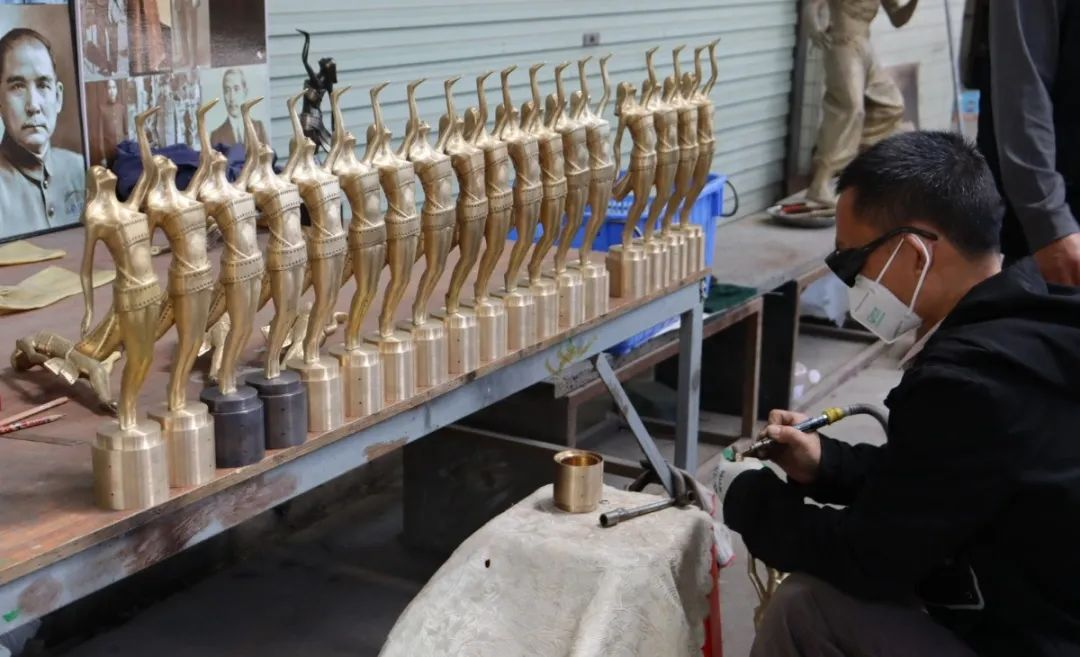
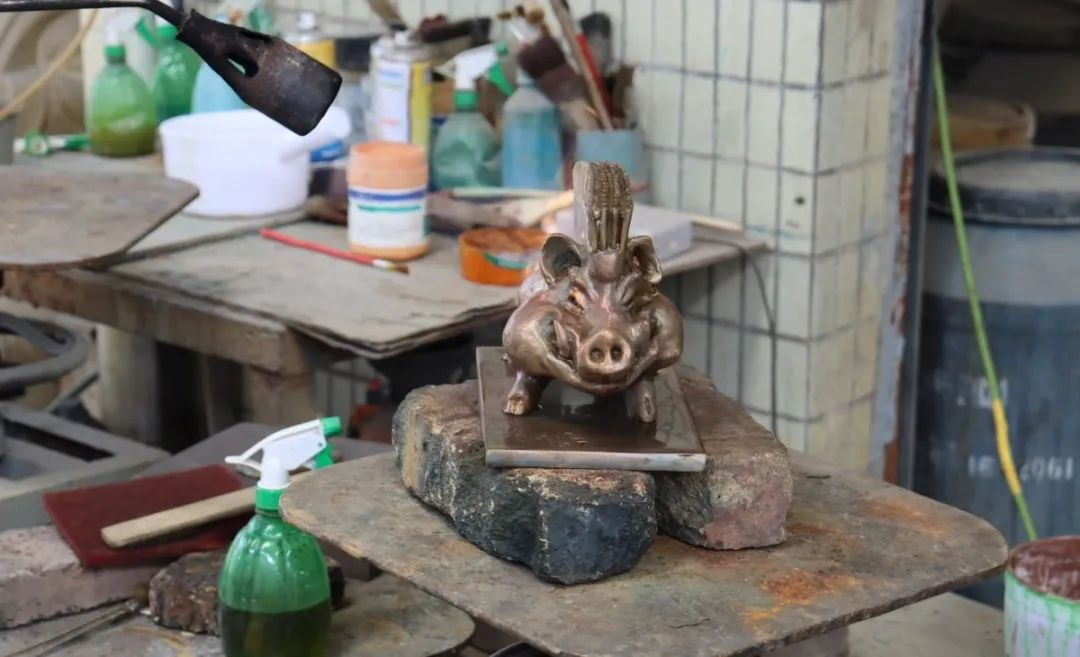
The factory wasn’t as busy and crowded as I had expected, but at a rather slow pace, as if to make sure that each step was carefully done. I guess it was part of the essence of casting that individual steps influence the final outcome and should be done prudently since casting each sculpture takes time, and rushing through the procedure doesn’t help bring the sculpture closer to perfection.
Around noon, as we gathered at the round table for lunch, Miss Gail asked us for our thoughts about today. However, as we remained silent, she called some names among us to share what they had found interesting. For me, I felt something else besides the fact that I appreciated the sculptures and the foundry.
I felt rushed. There was little time to really be engaged and fully understand some of the parts we have covered, and it seemed that they needed to be done in a hurry. What I would hope is that we could have more time to see the exhibition and visit the foundry to get ourselves really engaged and take photographs and do sketches.
As I wasn’t called, I suppressed both the feeling and the hope, as I thought it could be embarrassing to break in and take hold of the conversation myself.
However, I was moved when Miss Gail shifted to talk about the importance of speaking up. So I took the chance to express how I felt when I found that there wasn’t enough time for us to really appreciate each sculpture in the exhibition room and rushed to the next spot without fully understanding the previous part when we were introduced to the sites in the foundry. I talked about my observation of how every student kept their sketch book in hand without having the chance to sketch the sculptures they found interesting or jotting down the fugitive inspirations they wished to hold on to. The confusion and the hope for more time were released within sentences.
What I received after sharing was encouraging. Both Miss Gail and our teacher, Mr.P, replied to me with respect and understanding. They said it was true about the uneasiness of having the time squeezed out of the tight scheme we had because time also needs to be saved for traveling. But most importantly, Mr.P said next time he can improve by introducing us to the procedure of casting before coming to the foundry, which could help our understanding and would result in fewer confusions. I was really appreciative of how they accepted my words and listened to them, which could result in a better learning experience next time.
As planned, we went back to the foundry again to learn and make small works with wax after we had finished the lunch. Then, after 4 hours on the bus of returning, the light faded and the world got darkened down. The field trip day ended in physical exhaustion and joy.
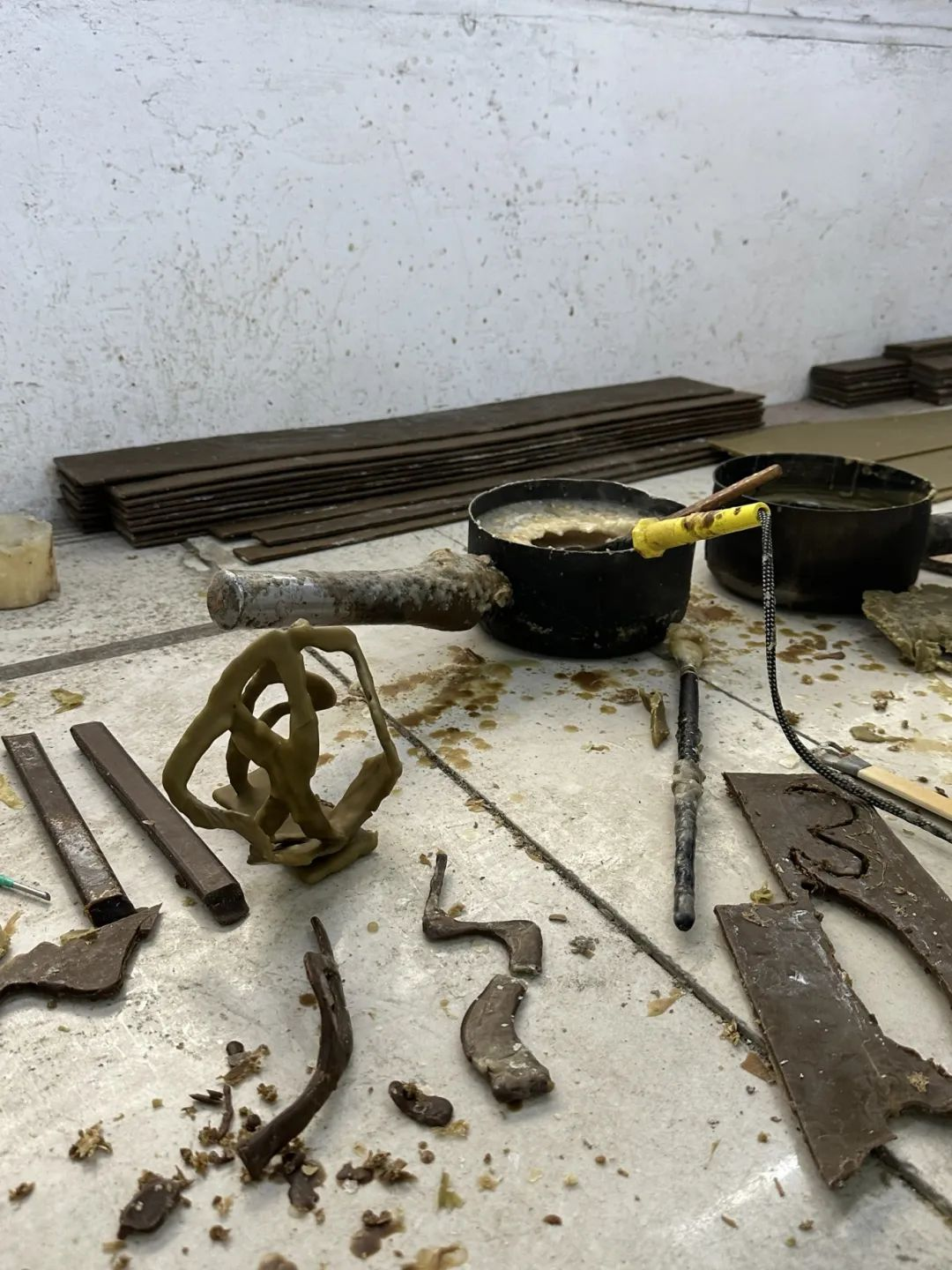
Back in the art studios, the third day started to be the continuation of the first day’s workshop. I struggled from being disoriented and aimless, making the abstract forms three-dimensional, getting myself with white glue unintentionally, and the repetition of putting glue on the pieces so they could stick together. After all, as we were coming to combine everything together to achieve the final sculptures, we learned about winding up the piece and the significance of texturing and coloring.
Besides the technical gains, what I had learned was something more than that, based on my own observations and thoughts.
It started when Miss Gail asked one of my friends what she would like to study for her future (after consideration, I decided not to include her name and other specific information.). It appeared to me that Miss Gail didn’t show much interest when my friend gave her an answer about what she was interested in, which was almost irrelevant to Miss Gail’s profession. Perhaps the irrelevant was not what she had expected, since she gave no reply. However, when Miss Gail asked about my field of interest, she showed much more interest in my answer, which is relevant to her own profession. She talked to me about how she found the field and showed her encouragement. But what I had noticed was the difference in how she replied to the two of us, which I couldn’t really understand.

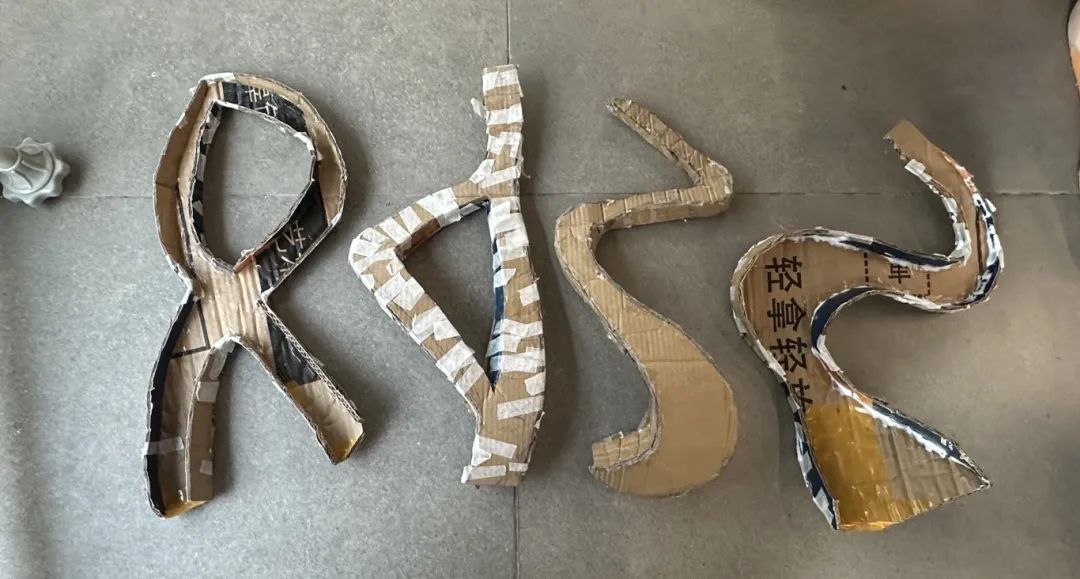
However, something happened that changed the thought significantly when it came to the end of the day. Miss Gail gathered everyone together and came to a conclusion about what we had done, and she said that there were two students who she found to have special qualities that she appreciated, though all of us did an excellent job.
It was quite unexpected, and it surprised me when she called my name and my friend’s, whom she asked what she would study in the future. My friend herself was surprised, too, when we went up to her and received her present with gratitude. My friend asked me, “Why is it me?”. I replied almost at will, as I usually tell jokes: “Perhaps it’s because we cleaned up our table first,” and we laughed.
When I recalled everything days later, I found something meaningful out of this unconscious joke I made. Biases could occur when one is not fully understood. It could be applied everywhere. When I first saw how Miss Gail seemed less engaged in a major that’s irrelevant to her own profession, I gained an impression about how she values others.
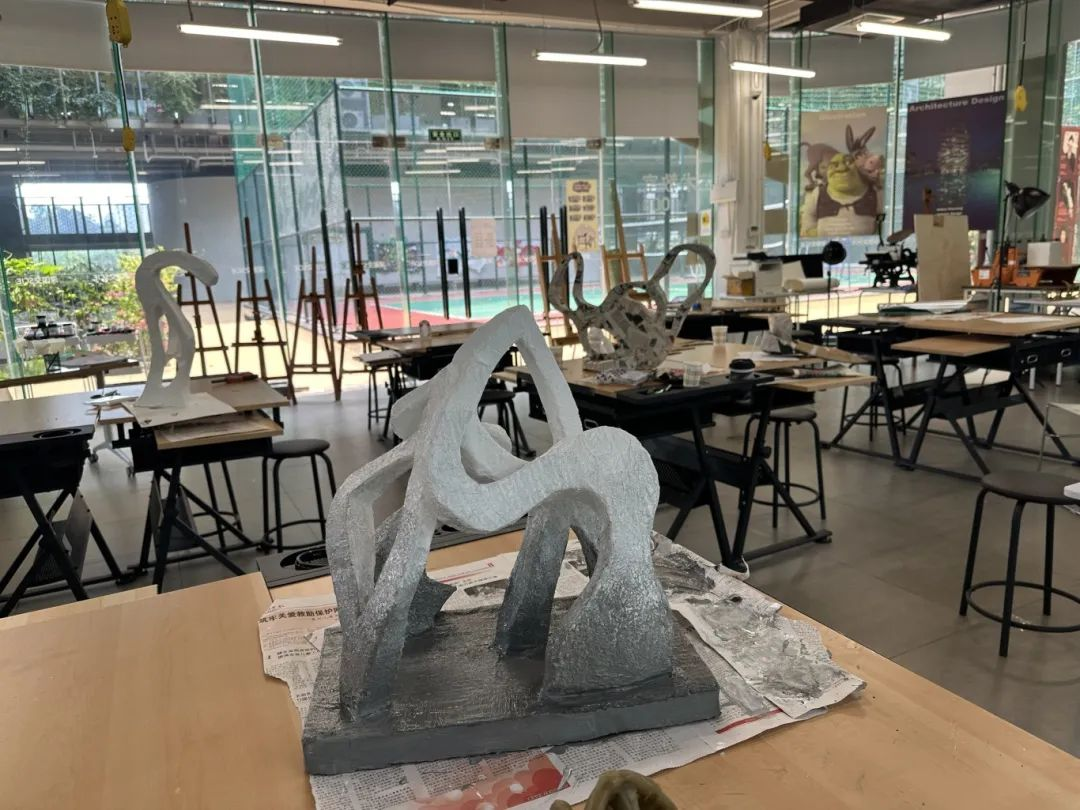
However, how she appreciated us broke it with my sudden realization. She could see everyone’s small acts of virtue and wouldn’t neglect them. I thanked Miss Gail before I left the art studio, that I had learned so much in just three days.
What I received is far more than what we often see and hear during lessons, such as the facts and the skills, but what is gained by actual practices and learning from others, which is subtle, invaluable, and much more unforgettable.
如果您想要提前了解关于国际化学校的全面信息,家长们可以扫码关注“帮你择校”公众号了解国际学校新资讯!

*综合内容来源学校,如有不妥,请告知.





 您好,我孩子现在就读中山重点高中的重点班,想高一下学期转到交流学院需要什么条件?能约考试吗?
您好,我孩子现在就读中山重点高中的重点班,想高一下学期转到交流学院需要什么条件?能约考试吗?
 请问报考初中部需要什么条件、学费每年多少
请问报考初中部需要什么条件、学费每年多少
 请问报考初中部需要什么条件
请问报考初中部需要什么条件
 职校生请问可以去贵校吗
职校生请问可以去贵校吗
 现读高二,现可以报深国交?
现读高二,现可以报深国交?
